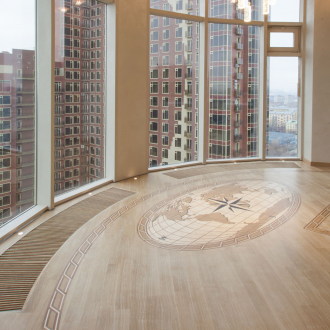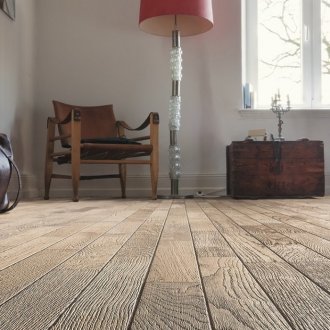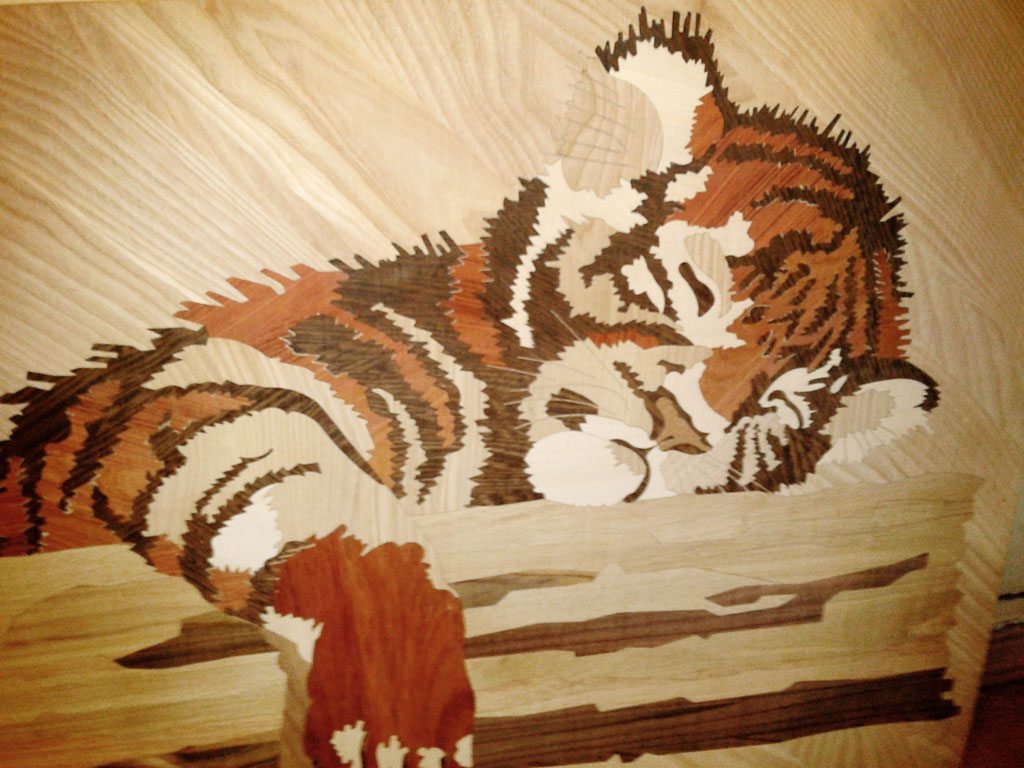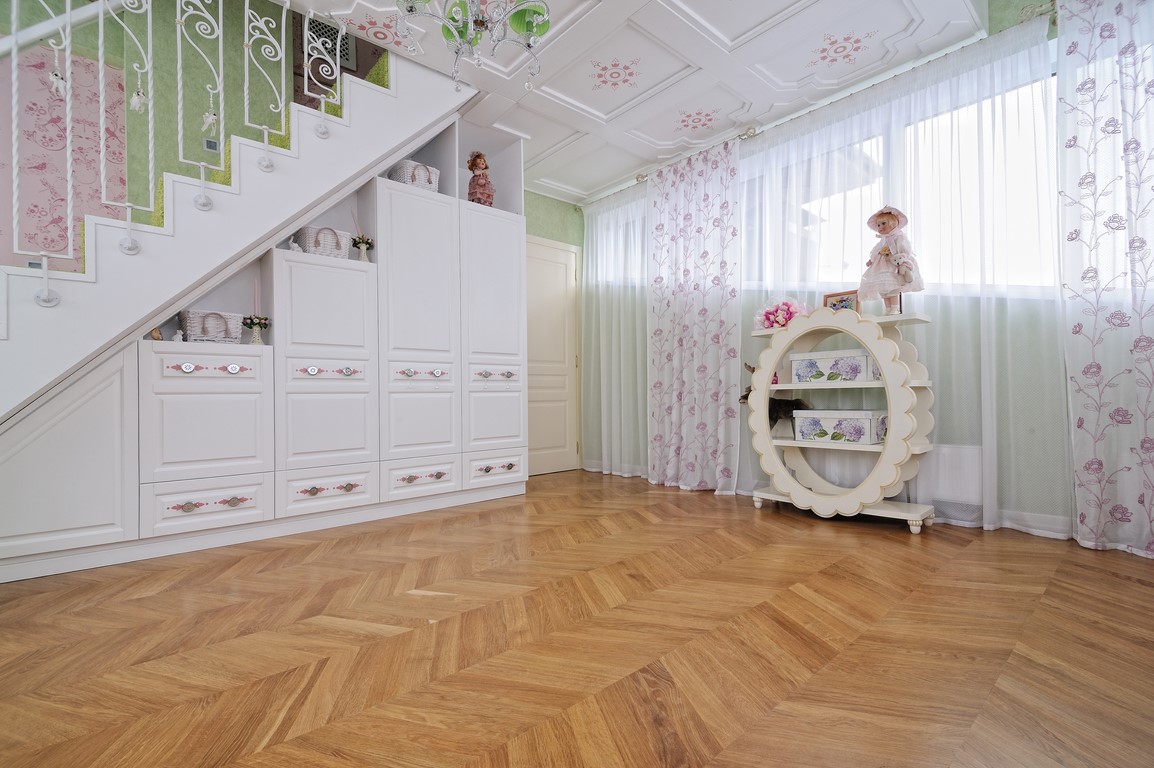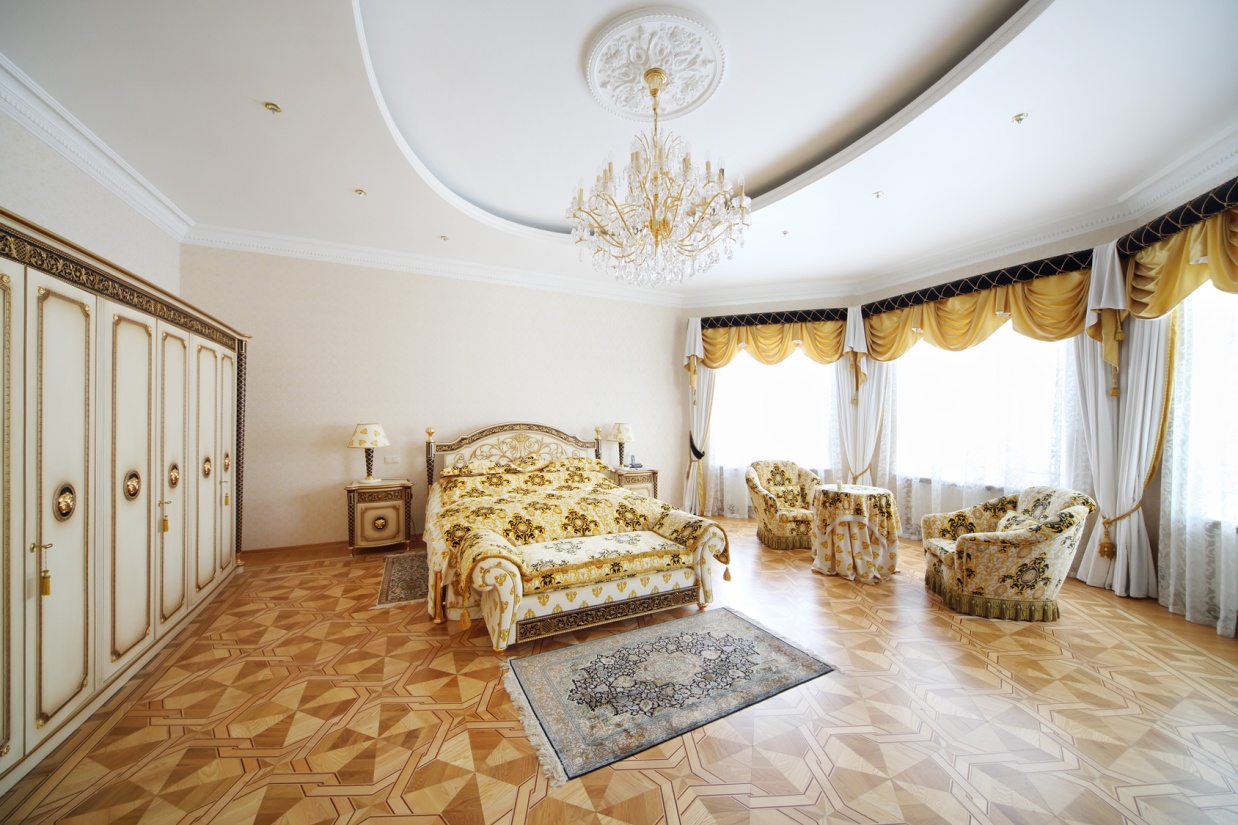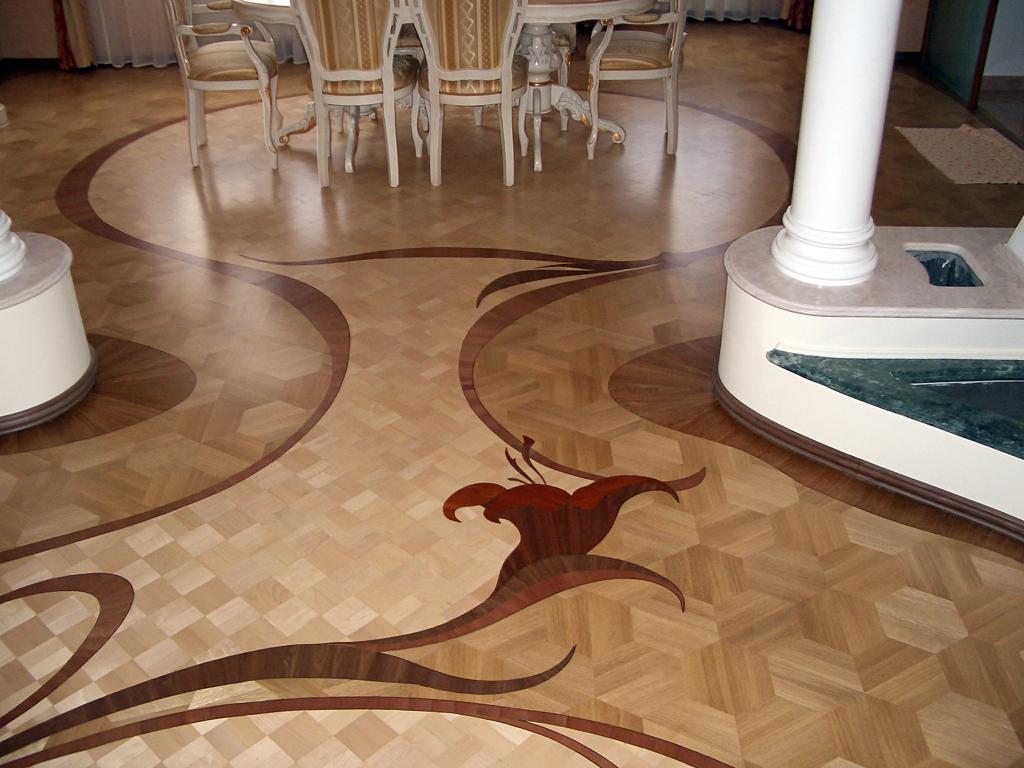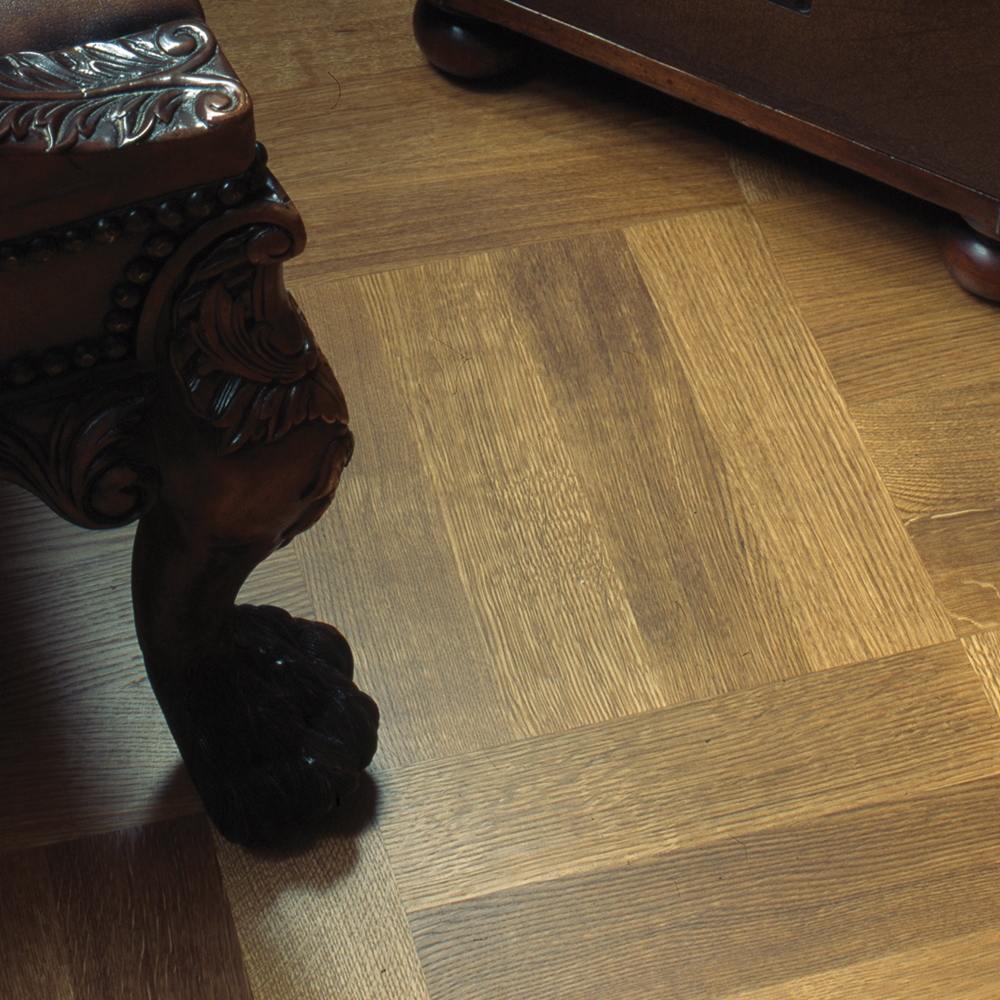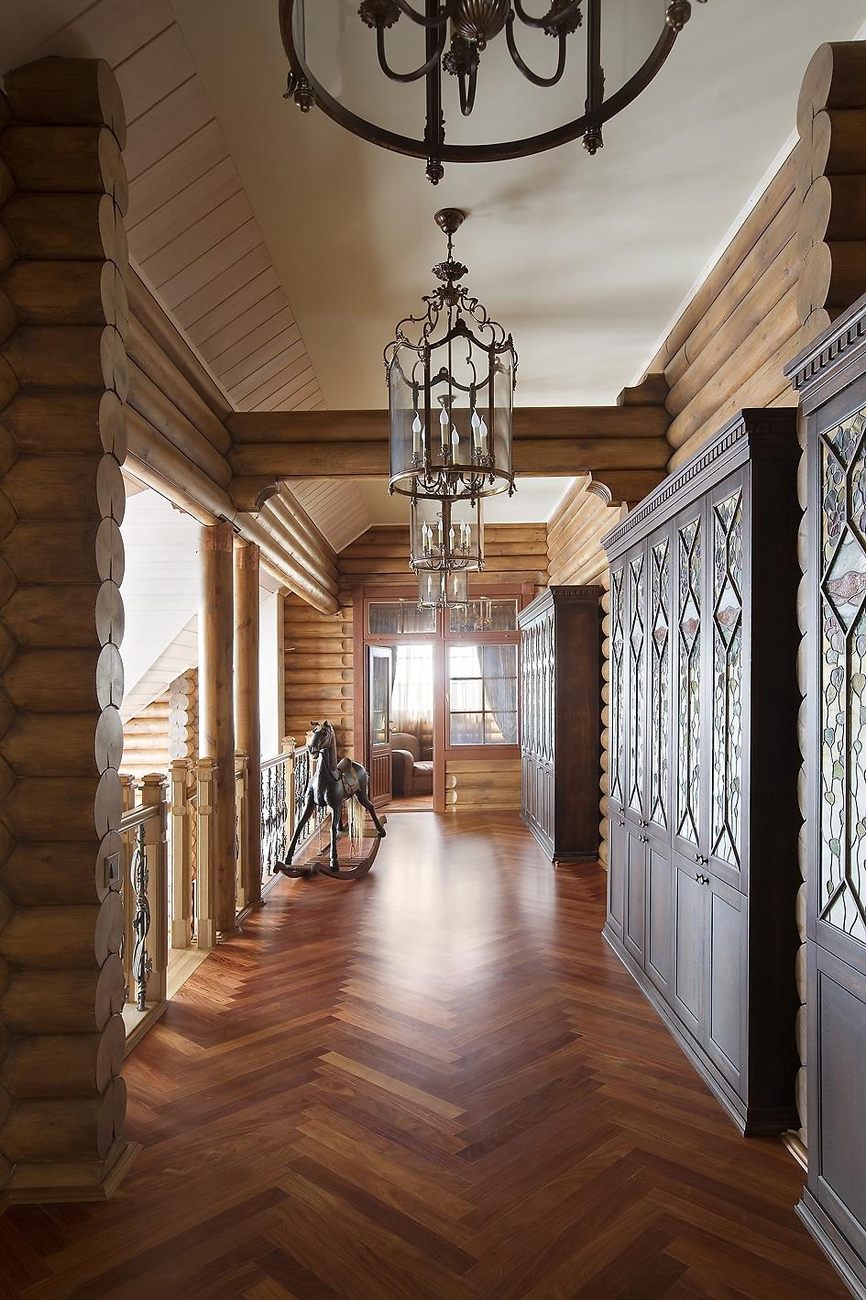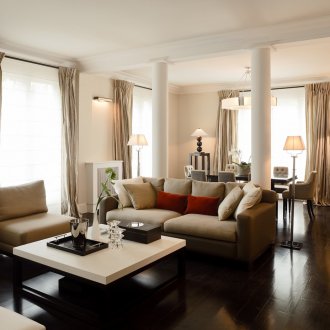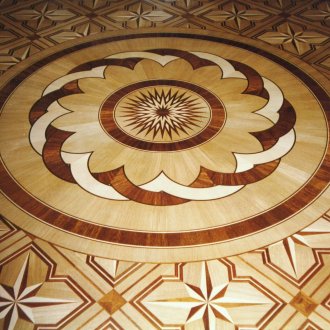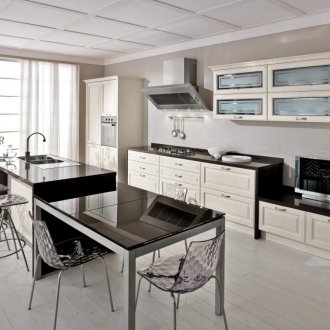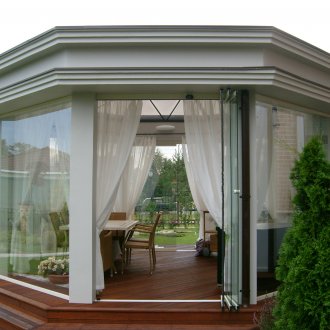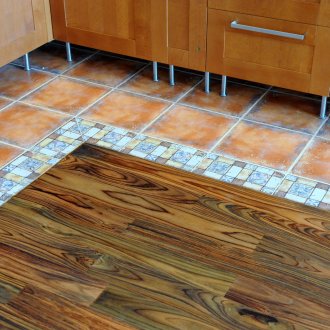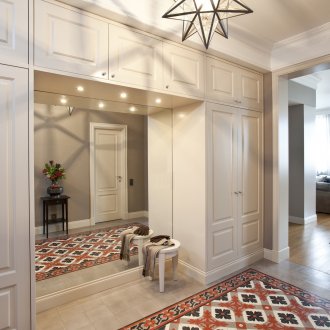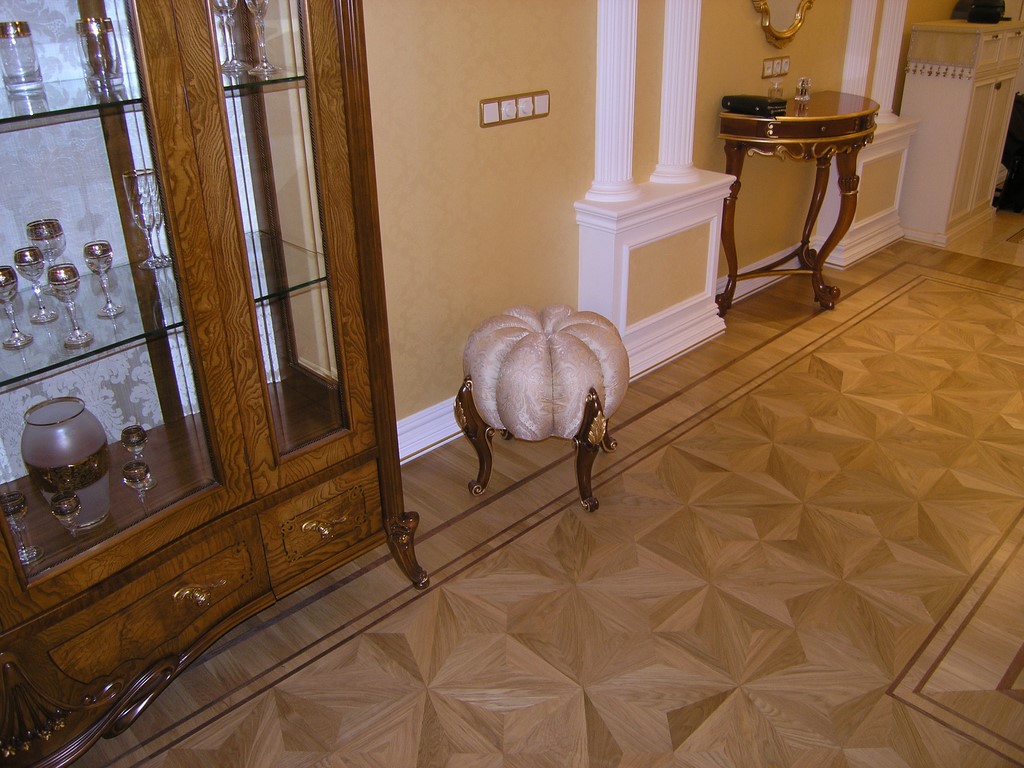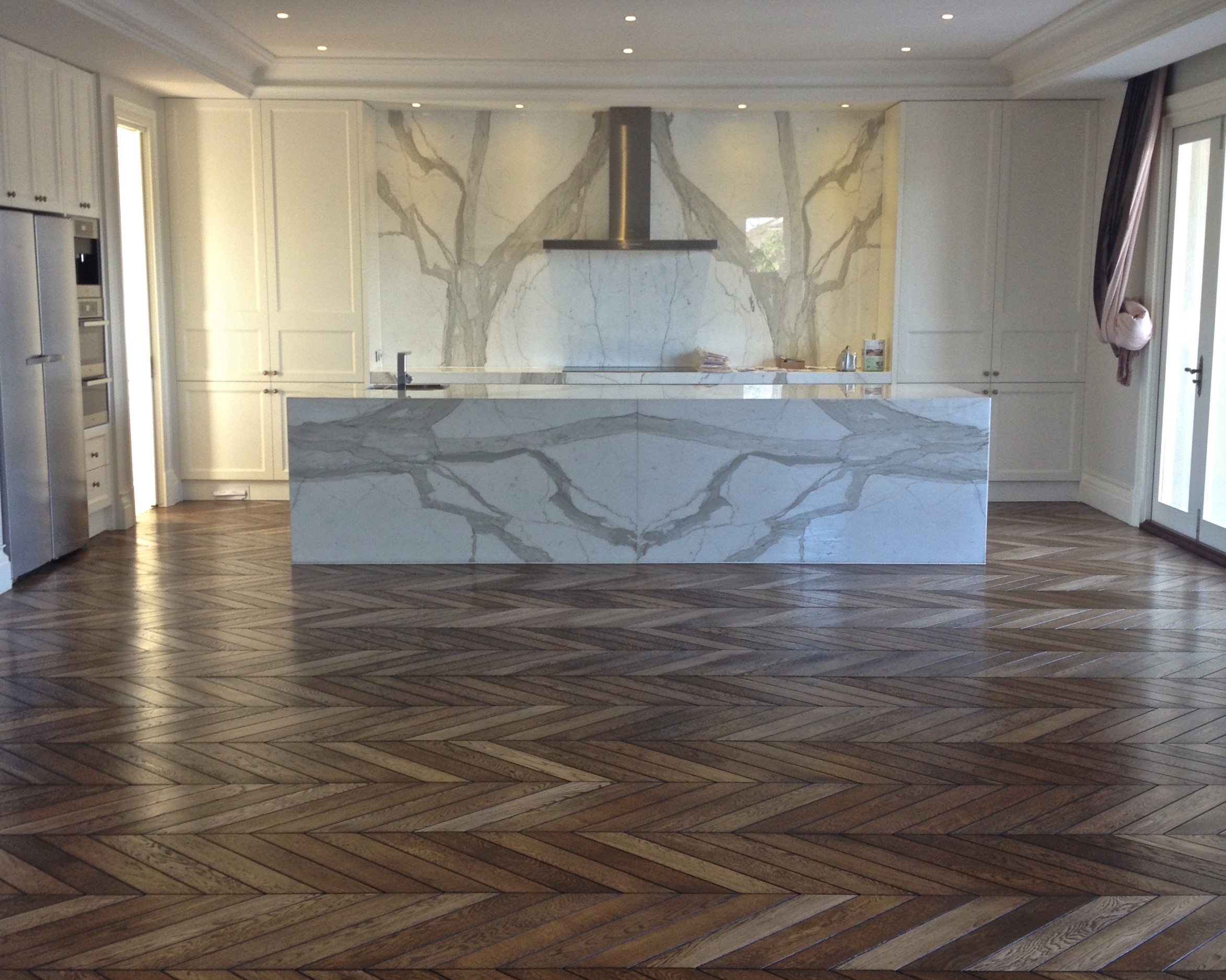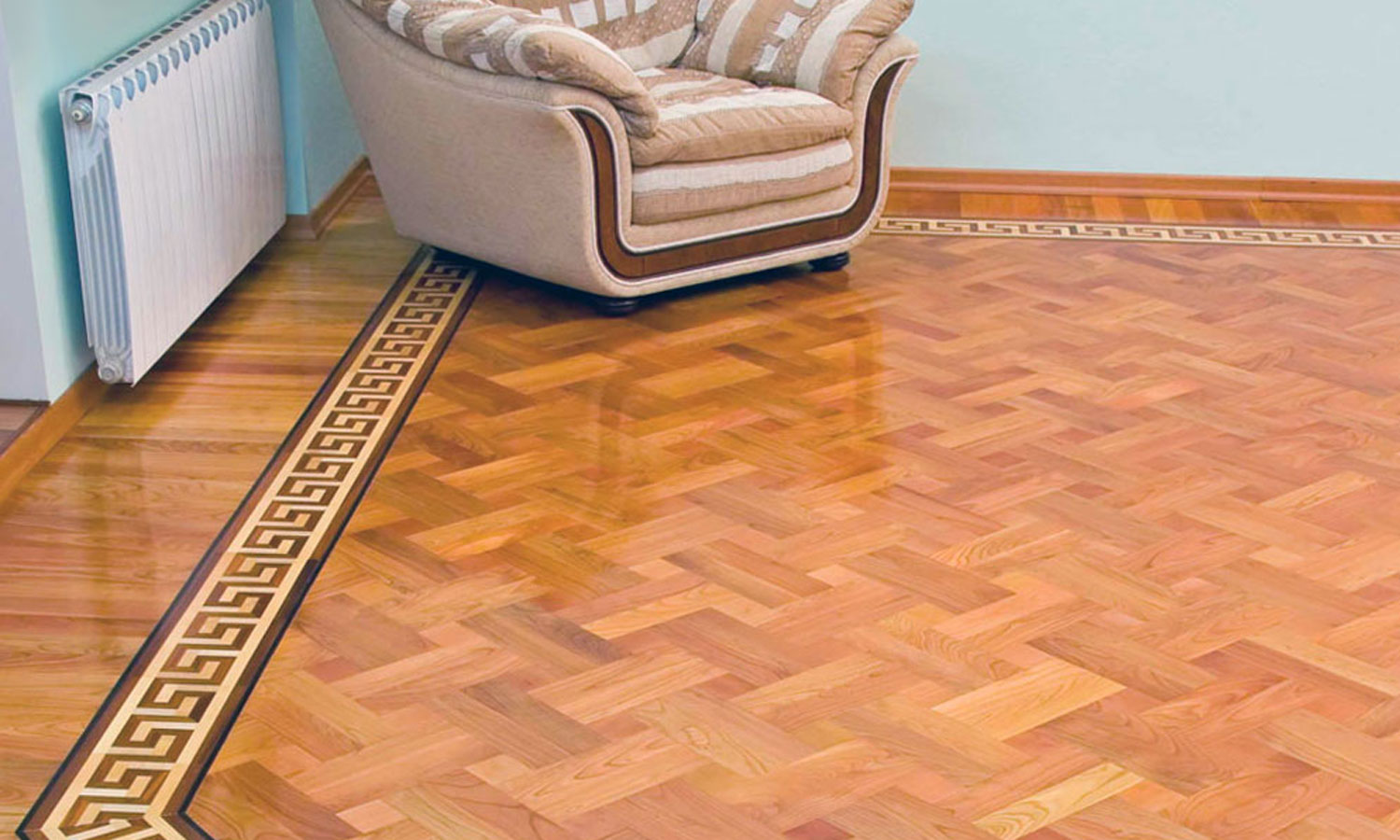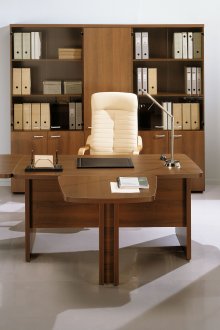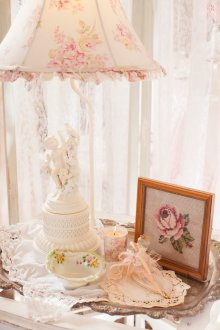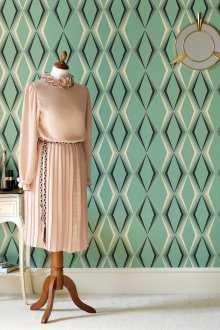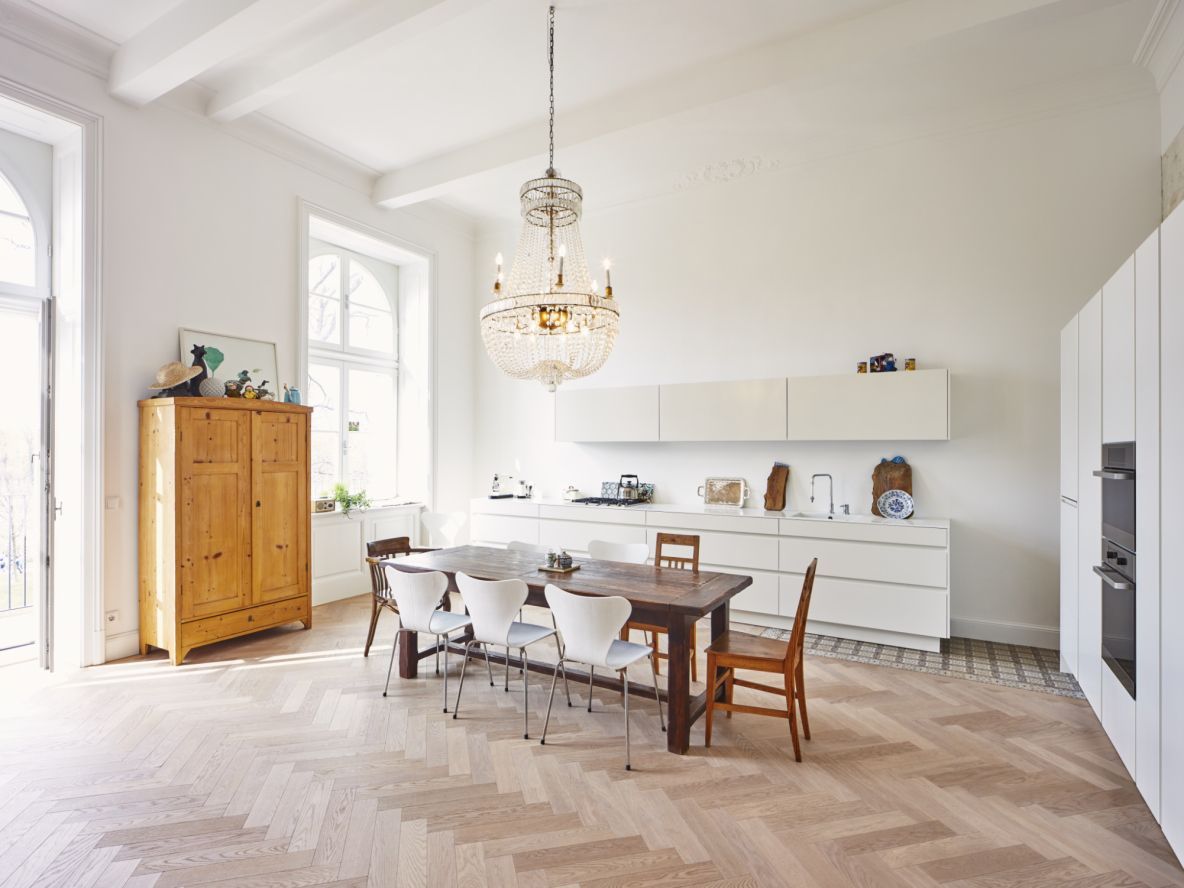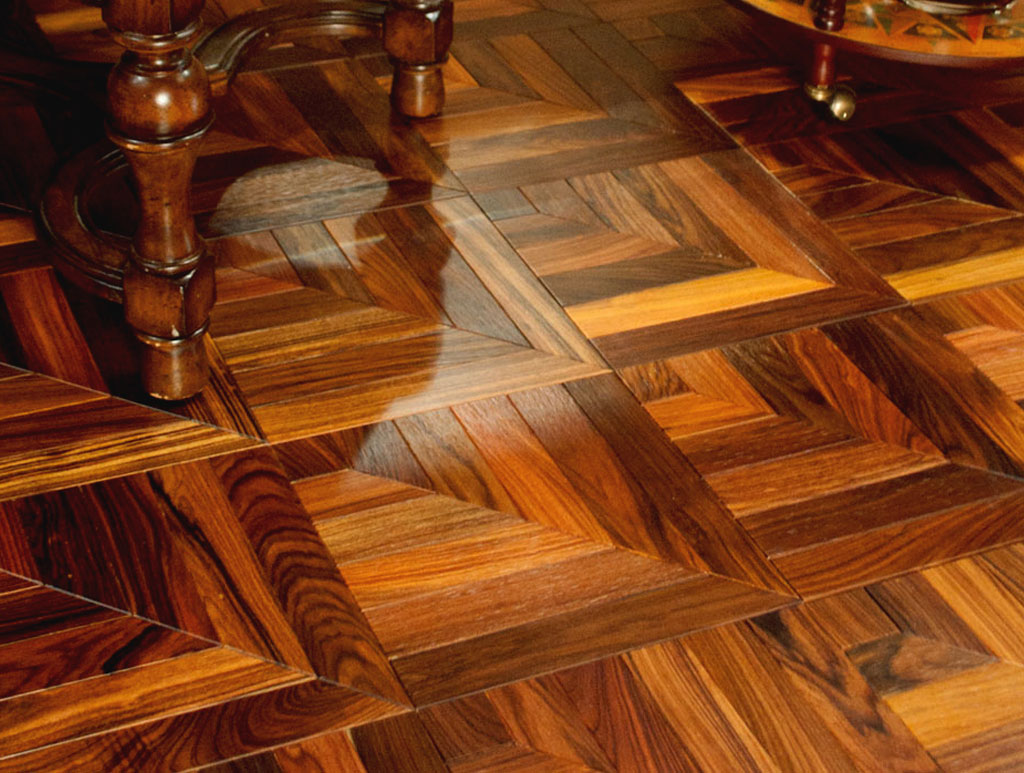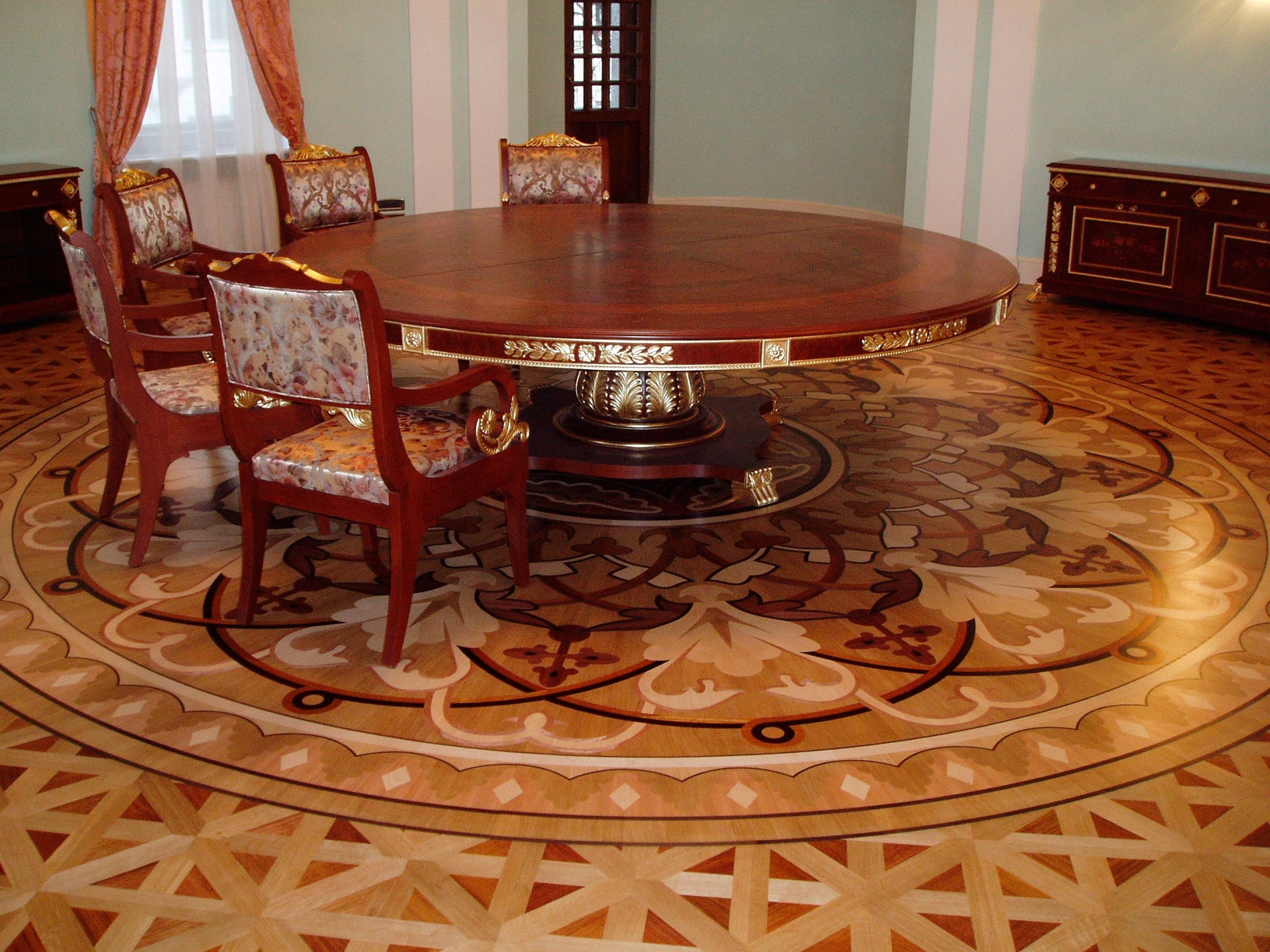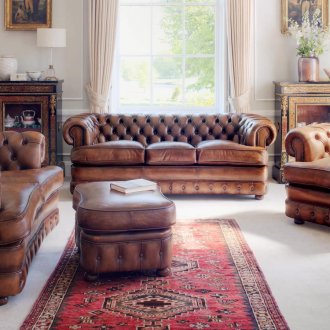Piece parquet: the nuances of choice and styling technology (26 photos)
Content
Parquet is one of the most stylish flooring. It creates a feeling of comfort, stability and prosperity, fits well into the interior and can give the most dull room a pleasant look. Of course, to put it, you will have to spend a lot of effort, but the result will definitely be worth it.
How to make piece parquet?
Piece parquet is one of the most common types of parquet. It is located in the middle price category, it allows a wide variety of styling methods and differs from all others in its construction. He has:
- grooves that are on the sides of each die;
- spikes that are made to fit perfectly into the grooves.
As a result, laying parquet is noticeably easier, and the floor is much stronger. However, for strength and reliability, not only the shape is important, but also the manufacturing process - it must take place in strict accordance with the standards.
Drying is carried out either using special equipment or in specially equipped rooms. It takes at least a month and, based on the results, the product must have a certain humidity, which is measured separately. Errors at this stage will lead to the fact that the flooring will quickly go in waves and lose its chic look.
Processing is carried out either mechanically - the most tested, but laborious and time consuming - or using a laser, which is fast, accurate and less costly, but can lead to darkening of the edges. Errors at this stage will lead to a mismatch in the size of the grooves, because of which the floor will be fixed poorly and will quickly begin to deform.
Sorting and storage, for which specially equipped dry rooms are needed. Errors will lead to the fact that the finished parties will be able to get a marriage or the whole parquet of the party will go bad, waiting for the buyer.
It depends on the processing and sorting which type the parquet will belong to in the end.
Types of piece parquet
There is a branched classification into which types of piece parquet fit. They are divided into three large categories.
The first category differs in which tree was used. Different wood has different characteristics: hardness, resistance to moisture or pests, beauty. Meet:
- Piece parquet from walnut - parquet flooring made of relatively solid wood, mostly grayish and dark brown with black veins. Over time, it only becomes brighter, it differs in a weak pearly tint. Looks great in contrast with bright interiors.
- Piece oak parquet - hardwood solid wood parquet. There are in very many ways: the color of oak flooring can be from light brown to yellow red, cast pale pink or delicate yellow. Bog oak has a deep dark purple color. One of the most expensive, but also the most luxurious options at the same time.
- Piece parquet from birch - parquet from relatively soft wood, ranging in color from milky white to light yellow. The birch does not differ in pronounced annual rings, therefore it is not too embossed. Sensitive to humidity, therefore often needs additional processing.
- Piece parquet from ash - parquet from dense (even denser than oak) solid wood of golden color. Resistant to rot, moisture and pests. Great for rooms in which there is a lot of space and light.
- Piece parquet made of beech - parquet flooring made of durable but capricious wood. Beech requires careful processing, has a rich red or yellow color. Relatively cheap and at the same time very popular.
- Piece parquet from maple - parquet from light strong wood, dried over a long period. Maple does not tolerate express drying, and at the same time differs in great strength and a consistent color change - over the years, from almost white, the floor turns into dark golden.
The second category shows which part of the trunk was sawn into parquet floors.
- The radial cut is done so that the annual rings are perpendicular to the bar. As a result, the fibers are longitudinal, arranged in the form of narrow lines. Such parquet floors are most often used as art parquet - they do not have any details that could interfere with the perception of the pattern.
- The tangential cut is done so that the plane of the parquet floor is tangent to the finished rings. As a result, the natural wood pattern remains noticeable - the lines are wavy. In Russia, such parquet is usually laid - it is cheaper, but it looks no worse than radial.
- Mixed cut is done so that the fiber lines either bend or run smoothly. It is impossible to use such parquet floors for art flooring, but they themselves look quite stylish.
The third category shows a specific plate pattern.
- Radial - the most uniform and homogeneous options, with a color difference of no more than half a tone. Only rare knots on the front side are allowed.
- Select - parquet floors are not only homogeneous, but also devoid of any mechanical flaws, including knots. Piece parquet - ash, oak or beech - of this type is sold at the highest prices.
- Natur - without color differences, with very small knots. Sapwood is allowed (sections of young wood slightly different from the rest), but not damage.
- Rustic - mechanical damage, large knots, even cracks (but not longer than 5 mm) are allowed. Such piece parquet - ash, oak, cherry or aspen - is the cheapest.
To choose a parquet you need to navigate in such nuances and measure your financial capabilities with the quality of the chosen parquet.
What to look for when choosing?
Choosing a piece of parquet, which is supposed to be laid in the house, you need to pay attention to many factors.
Packaging
Parquet laid in sealed polyethylene is not sensitive to temperature changes and does not suffer from humidity. If the packaging is torn, it means that the cargo was damaged during transportation and the parquet could be damaged.
Drying
The packaging indicates how parquet was dried, but you can not be insured against fraud. Therefore, you should turn the packaging over and look at the grooves on the underside of the parquet, which are designed to relieve stress. If there are cracks in them, it means that the technology has been violated and lay this parquet - sign up for trouble.
Geometry
If the technology has been disrupted, there is a chance that the sizes of different parquet floors do not match.
At the final stage of the purchase, you should superimpose a little on each other and compare. If the parties are not completely parallel and stand for each other, you should not take such parquet, especially if it is an art parquet, all of which beauty depends on symmetry.
Thickness
The device flooring from piece parquet is such that it is highly dependent on the thickness. All parquet flooring should not be thicker than 16 mm, unless a massive solid foundation is assumed, and the working layer (distance from the groove to the top) should not be thicker than 7 mm.
Dimensions
The length should not be more than 7 cm, the width is more than 5, otherwise the parquet will look messy. If you take smaller parquet floors, the floor will not be reliable enough. The exception is art parquet, which can be complex, designer and not obey the rules.
When piece parquet is selected, it is time to move on to the next stage. This is laying parquet flooring, which is even more difficult than choice.
Types and technology of laying
The methods for laying piece parquet are numerous, but all of them require the same pedantic approach, in which you need to finish the entire repair, reduce the humidity in the room, set the temperature even, and only after that start laying.
It begins with the alignment of the base, which is possible in two versions:
- Laying on concrete. In this case, a film is laid on the floor of the apartment, which will serve as a waterproofing. Concrete is poured from above (in the process you need to carefully control the absence of roughness, otherwise even the modular parquet is quickly deformed) and covered with a primer, which will provide a better connection with the rest of the layers. When the primer dries, glue is applied to it and sheets of plywood with waterproofing are already laid on it. The result must be fixed with nails or self-tapping screws.
- Laying on plywood. A film is laid on the concrete floor of the apartment. Logs made of thick timber are mounted on top so that an even base is obtained, in the right places you can file the timber or lay wooden supports under it. Logs are fastened with the help of corners, plywood is laid on top of them, which is fixed with nails or self-tapping screws.
After you need to decide how the parquet will fit further:
- “Deck” - planks will be located parallel to each other, with an offset of half or a third of the length.
- “Herringbone” - the planks will be perpendicular to each other.
- “Squares” or “braiding” is easier than a herringbone, because the planks are laid out parallel to each other in 2/3/4, and then others are laid out next to each other perpendicularly, also parallel to each other.
Types of laying parquet are very numerous, but the technology remains the same regardless of whether the result will be on the floor - a tree or a star:
- The parquet is glued or nailed to the floor - leaving it connected exclusively to each other will not work, because the structure will fail as soon as the only parquet is warped;
- Parquet is polished. To piece parquet - herringbone or squares - looked good, you need to grind it, the first two layers of large grain, the third small. This is necessary to remove all minor defects resulting from the process.
- Varnishing. Lacquered parquet is less affected by moisture and does not dry longer. The only difficulty is that there should be at least 9 varnish layers, and after each coating it is necessary to leave the floor to dry for at least a day. The last coat should dry within a week.
When the work is finished and the parquet is dry, you can wash it for the first time and evaluate the results of the work. If everything is done correctly: there was no mistake either in the choice or in the installation - the parquet will look great and will last for many years.
